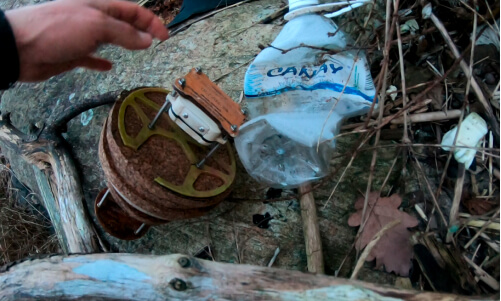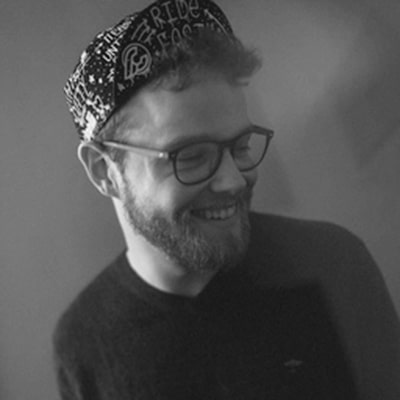Content
A german bottle of beer, washed up on the shore of an almost inaccessible Lofoten island, in the North Polar Sea. Where did it come from? Did it really travel all the way up from Germany? Back in his hometown Dresden, filmmaker Steffen Krones can't get this incidence out of his mind. He not only worries about the quantity of things, that washed up on that Northern shoreline, but also about their history and origins. Is Dresden, by any chance, connected to the Arctic circle via its waterways?
Steffen begins his personal journey to the North by following the paths of river waste. Together with his friend and neighbour, engineer Paul Weiß, he begins constructing GPS-buoys, that can travel all along the Elbe river up into the North Sea. With the support of renowned marine biologists and scientists, he documents the track of plastic waste - first in the Elbe river, then in the North Sea - and investigates the link to the terrible pollution in the North Polar Sea.
We also learn moreabout Kris Jensen - an Inuit and Steffen's friend, who works as a tour guide in the North Polar Sea. In his work, he aims to help tourists gain an appreciation of nature's beauty, but also give them an understanding ofhuman's influence via plastic pollution. Both, Kris and Steffen, are united in their wish to end the pollution of ourworld through plastic waste. Their stories, their highs and lows in their fight for a solution intertwine and slowlyreveal, that we are all part of the cycle and how every single one of us has the ability to fight for change.



























